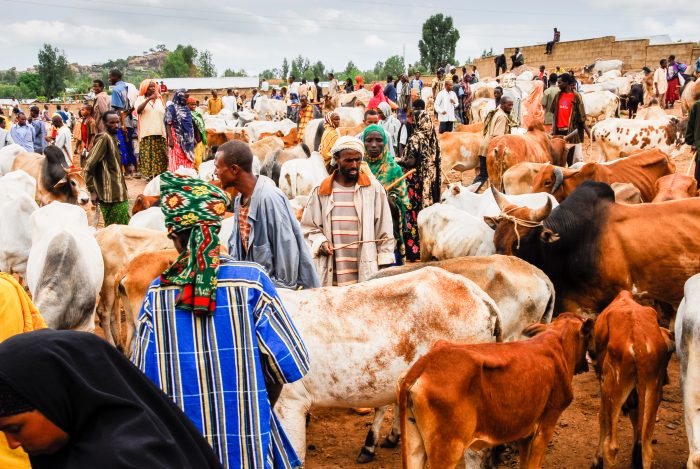In the current health crisis we are experiencing, the environmental issue has become important and deserves to be placed at the center of the public health discussion. In fact, various Natural Science research institutes have pointed out that this crisis had its origin in the interruption of the delicate environmental balance. Factors such as habitat destruction, capture, trafficking and consumption of wildlife have represented favorable conditions for the SAR-CoV-2 virus to become contagious to humans. This is why today, more than ever, the protection of natural resources and the environment is crucial.
For this reason, it is important to ask ourselves: What will happen after the pandemic? What will be our role in this return to a “new normal”? What are our alternatives? How can we identify these measures or solutions? Which actors should be added? Which communication strategies should be promoted at a territorial level?
We must acknowledge that the main cause of the spread of this disease is the poor relationship that humans have established with the environment. Therefore, we have to generate a new, more harmonious relationship between society and nature. This is the only way to avoid similar situations: not only those associated with health problems, such as the emergence of new epidemics and their escalation towards pandemics, but other phenomena that have been documented with scientific evidence, such as the loss of biodiversity, climate change, water loss, and the reduction of plant cover and soil erosion, could lead us to critical situations for humanity.

One of the most relevant causes is the change in land use, explained by the increase in extractive and productive activities, deforestation, and the expansion of urban areas. Another relevant factor is the increase in the proportion of domesticated fauna (for example, cattle, pigs, and poultry) in recent centuries as food for human consumption, alongside a detriment in the proportion of wild fauna. Consequently, this combination of elements has expanded the universe of pathogens associated with domesticated fauna, specifically viruses, bacteria, fungi, parasites, prions or misfolded proteins. These pathogens play a role, and ecosystems, both terrestrial and marine, depend on their activity. For example, plants and animals release residues into the soil (carbon, nitrogen and sulfate, among others) that, when degraded, are used by bacteria as food. Thus, it is important that anthropogenic activities – and the different sectors involved in the environment – become aware of this and act responsibly, maintaining the natural balance.
For these reasons, the Nationally Determined Contributions (NDC) presented in 2015 by the Government of Mexico, and now in 2020, subjected to a review and update process, should identify concrete actions, opportunities, and needs, taking into account the value of natural resources, ecosystems, and their services to human and planetary health that provide the means for their implementation at different scales in the country.
